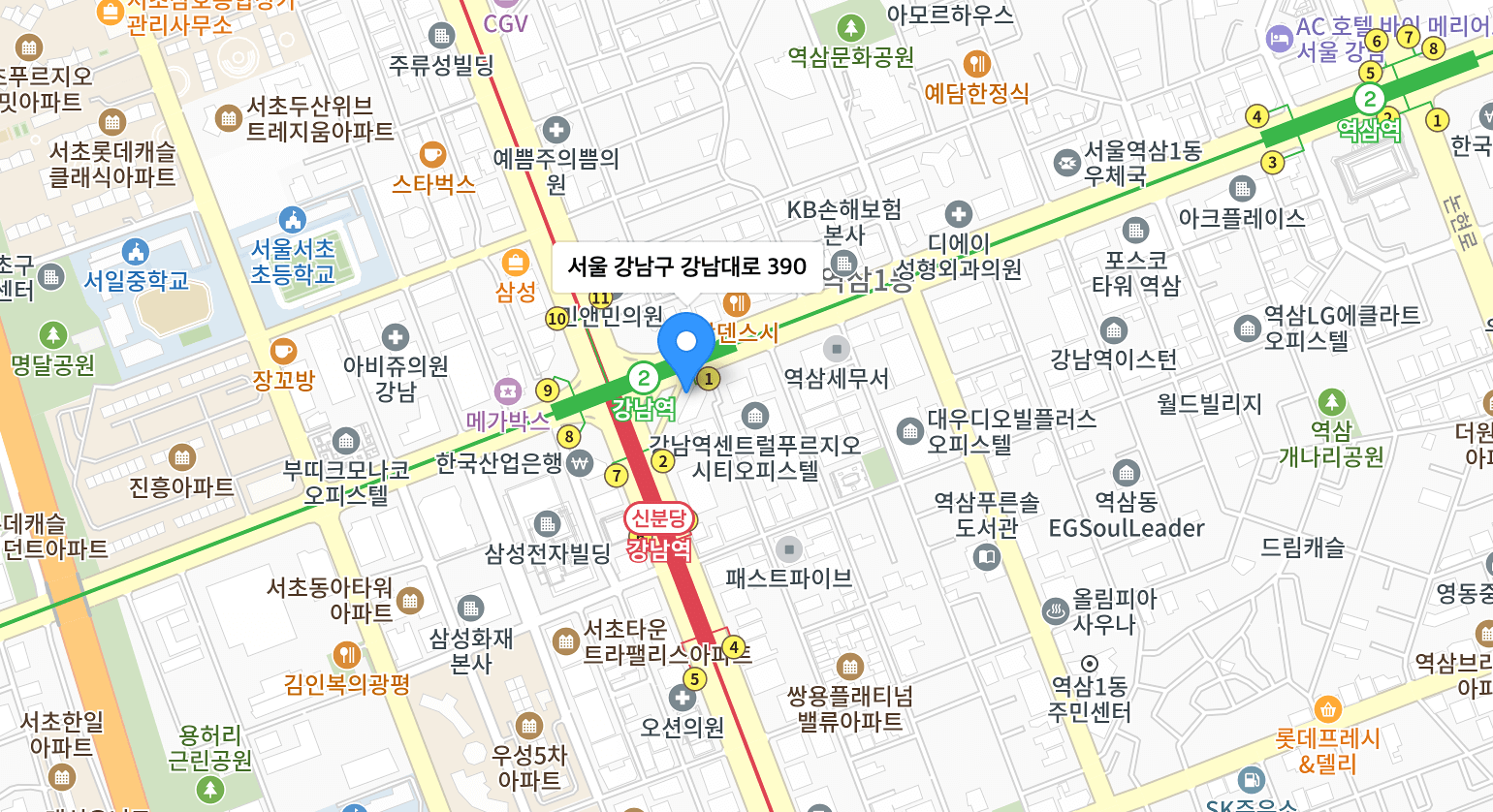IUD Placement and Removal in Korea
What Is an IUD?
An Intrauterine Device (IUD) is a small, T-shaped contraceptive device inserted into the uterus to prevent pregnancy. IUDs are a long-term, reversible birth control option that can last from 3 to 10 years, depending on the type.
There are two main types of IUDs:
- Copper IUD (non-hormonal): Prevents pregnancy by creating an environment that is toxic to sperm.
- Hormonal IUD (e.g., Mirena, Kyleena, Jaydess): Releases progestin to prevent ovulation and thicken cervical mucus.
Who Can Benefit from an IUD?
IUDs are a good option for:
- Women seeking long-term, low-maintenance birth control
- Those who cannot use estrogen-based contraception (e.g., birth control pills)
- Women looking for a reversible contraceptive option
- Women who want to reduce heavy menstrual bleeding (hormonal IUD)
Where to Get an IUD in Korea
IUDs are available at:
- Gynecology clinics
- Women’s health centers
- General hospitals (Obstetrics & Gynecology departments)
- International clinics in Seoul (for English-speaking services)
Cost of IUD Insertion in Korea
The cost of IUD insertion in Korea varies depending on the clinic and the IUD type:
- Copper IUD: 150,000 to 250,000 KRW (approximately 110 to 200 USD)
- Hormonal IUD (Mirena, Kyleena, Jaydess): 300,000 to 500,000 KRW (approximately 230 to 380 USD)
The cost typically includes the device, insertion procedure, and follow-up consultation.
IUD Insertion Procedure in Korea
- The doctor performs a pelvic exam and reviews medical history.
- The IUD is inserted into the uterus through the cervix using a thin applicator.
- The procedure takes about 5 to 10 minutes and may cause mild cramping.
- Patients are usually able to resume normal activities the same day.
Follow-Up and Maintenance
- A follow-up visit is recommended 4 to 6 weeks after insertion to check placement.
- The IUD strings should be checked monthly by the patient.
- Removal is simple and can be done anytime by a healthcare provider.
Benefits of an IUD
- Highly effective: Over 99% protection against pregnancy.
- Long-lasting: 3 to 10 years of contraception depending on the type.
- Reversible: Fertility returns quickly after removal.
- Low maintenance: No daily pills or frequent doctor visits required.
- Hormonal IUDs may reduce menstrual cramps and heavy bleeding.
Risks and Considerations
- Mild cramping, spotting, or irregular periods after insertion.
- Rare risks include expulsion, perforation, or infection.
- Not recommended for women with certain medical conditions (e.g., untreated pelvic infections).
IUD insertion in Korea is performed by experienced gynecologists in modern clinics and hospitals. Patients are encouraged to schedule a
consultation to discuss the best IUD option for their needs.

